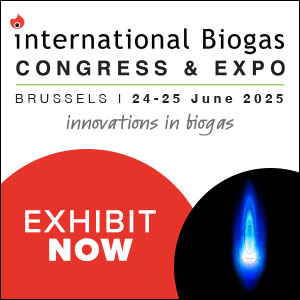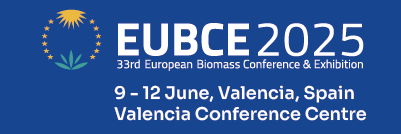Smart and Sustainable Mobility Strategy a “major setback” for transport decarbonisation, says EBA
The transport sector today releases 20% of the EU’s greenhouse gas emissions. Cost-effective and swift decarbonisation will only be feasible with the deployment of all renewable energies and technologies alike, said the EBA. In the clean mobility equation, all renewable alternative fuels and their technologies and infrastructures need equal support to reduce emissions by 90% by 2050.
In a statement, the EBA said overlooking the essential role of biofuels in decarbonising transport will hamper the development of renewable fuel, putting the goal of reaching climate-neutrality by 2050 at risk.
The organisation believes it will also put an “unnecessary burden” on the future availability of green electricity to decarbonise the EU economy. Making current electricity consumption green is already a challenge; instead, we could “pick the low-hanging fruits” by supporting alternatives already available, said the EBA, which believes the current proposal will prevent access to affordable clean mobility for Europeans, as cost-competitive options differing from renewable fuels will not be available anytime soon.
“The decarbonisation of transport is key for the success of the EU Green Deal,” said the EBA. “The Mobility Strategy should avoid any contradictions with other core policies of this plan to make the EU economy sustainable and reach climate-neutrality.
“It must be aligned with the implementation of smart sector integration, as well as with efforts to find circular and local solutions for decarbonisation.”
Despite claiming for a technology-neutral approach to decarbonisation, the strategy outlines electricity and hydrogen as the preferred option to decarbonise mobility. In 2018, only 33% of EU electricity came from renewable energy. If the source of energy to power electric vehicles does not come from renewable sources, their CO2 emissions will be much higher.
According to the European Union, hydrogen today represents a modest fraction of the global and EU energy mix and is still largely produced from fossil fuels. The EBA believes it is “far from certain” that green electricity and hydrogen mobility will be able to answer to the different usages at an acceptable cost and ad-hoc servicing in the long-term.
Renewable and low-carbon fuels, such as biomethane, are already available and fit for use within the existing transport infrastructure. Biomethane is already being used in light passenger vehicles as bio-CNG, and heavy transport as bio-LNG and bio-CNG.
Bio-CNG is one of the very few viable options to decarbonise shipping. In rail transport, locomotives can replace diesel with bio-CNG or bio-LNG. In addition, the EBA highlighted these renewable fuels are already complying with the strict criteria under the EU Renewable Energy Directive, ensuring they are produced sustainably.
























